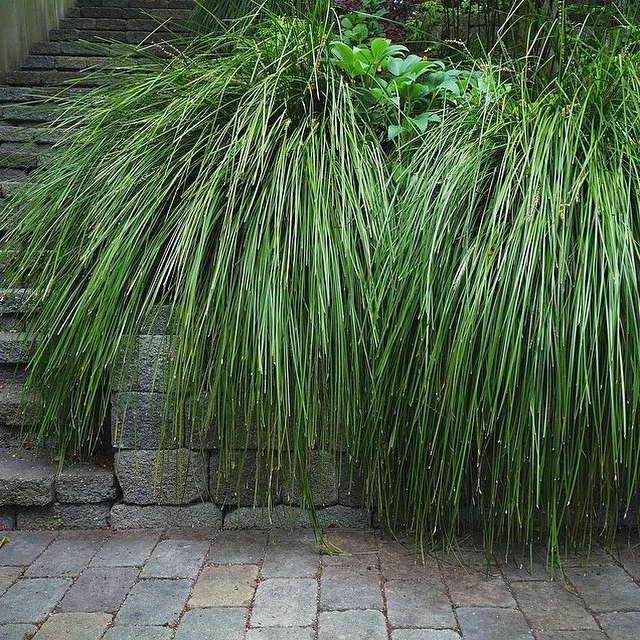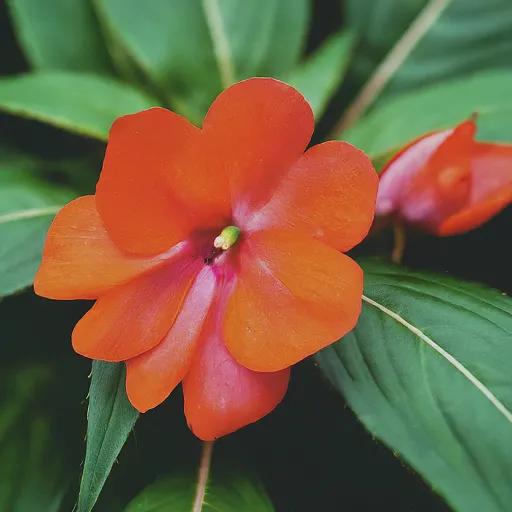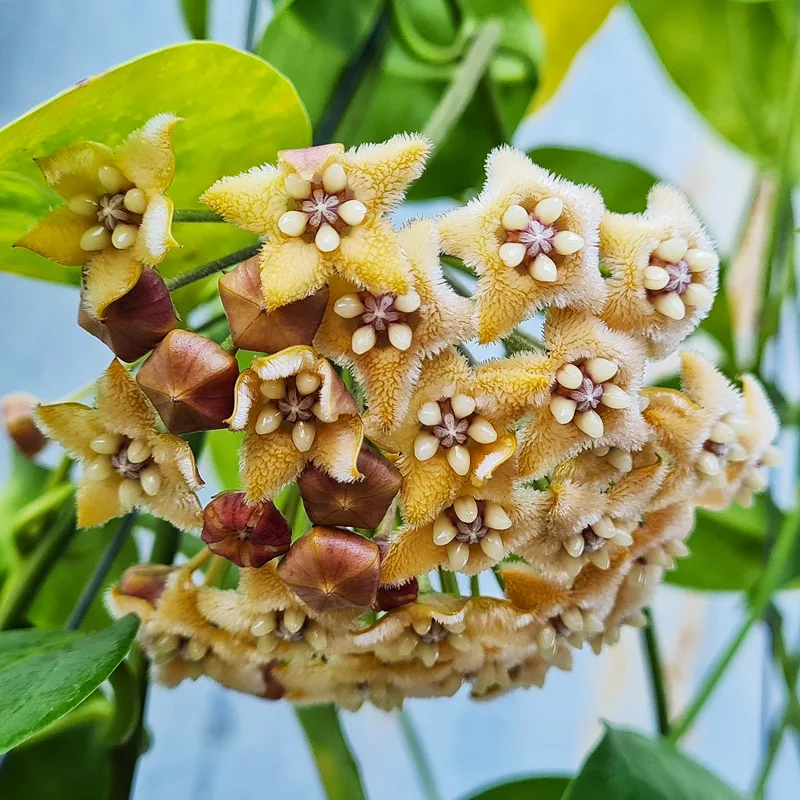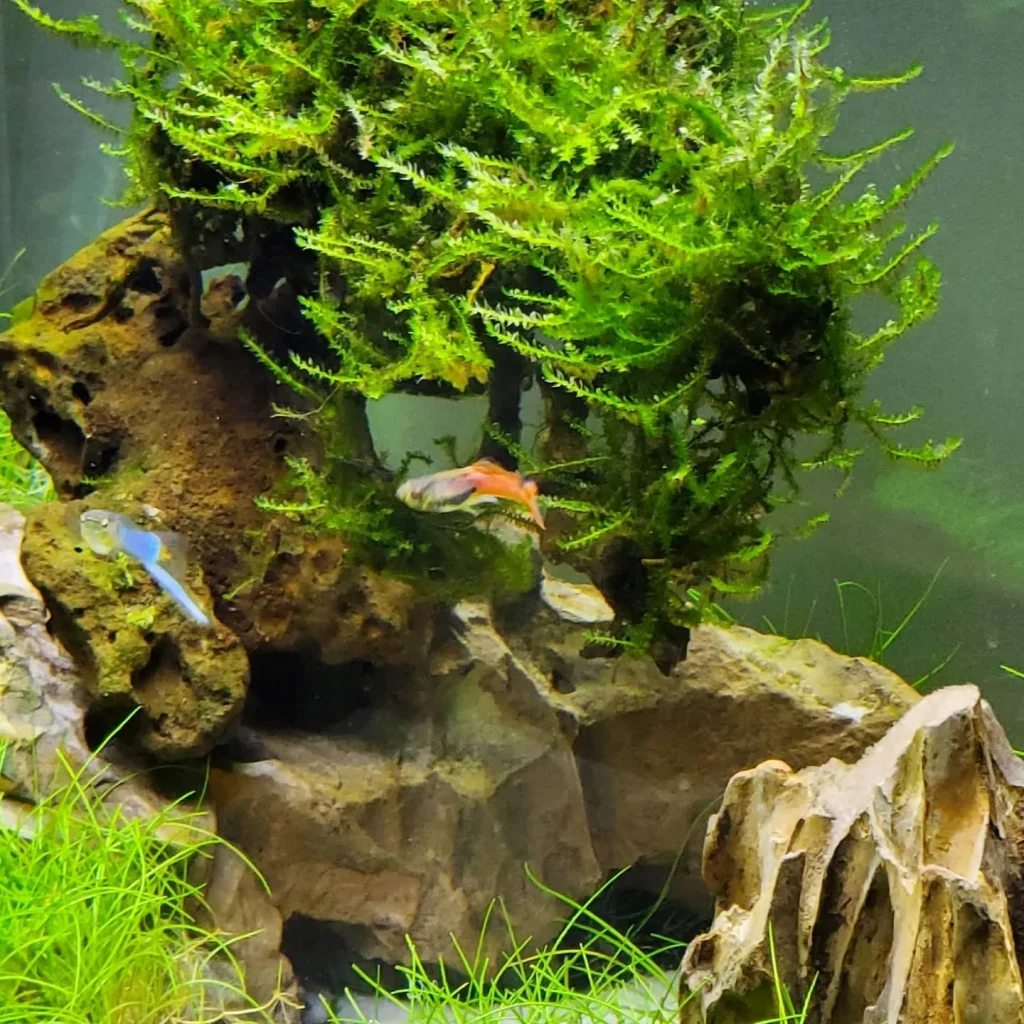Exploring the Begoniaceae Family
The Begoniaceae family is one of the most fascinating plant families I’ve explored, and it includes two notable genera: Begonia and Hillebrandia. While the Begoniaceae family may not have the sheer size of others in the plant kingdom, it certainly makes up for it in diversity and appeal. As someone who loves plants, particularly those with vibrant foliage and intriguing growth habits, the Begoniaceae family has become a personal favorite. Here, I’ll dive into each genus, discussing what makes them so captivating and why they are worth having in your collection.
Begonia: The Star of the Show
When I think of Begoniaceae, the Begonia genus is what immediately comes to mind. This genus is incredibly vast, with over 2100 species, making it the sixth-largest genus of flowering plants. Begonias are renowned for their versatility, and I’ve found them to be a joy to grow both indoors and outdoors. What drew me to begonias initially were their stunning leaves—ranging from deep greens to vibrant reds, purples, and even silvers. The unique textures and patterns of the foliage can easily rival any flowering plant.
Growing Begonias
One of the things I’ve learned through trial and error with begonias is their sensitivity to environmental conditions. They prefer a balance of bright, indirect light and humidity. Over the years, I’ve found that begonias thrive in a warm, humid room or a shady spot in the garden. While some varieties prefer slightly drier conditions, it’s important to avoid letting them dry out completely.
Most begonias, such as Begonia rex, are primarily grown for their foliage, but others, like Begonia semperflorens (commonly called wax begonias), are grown for their delicate, colorful flowers. Wax begonias are a great choice for anyone new to gardening because they’re relatively easy to care for and provide blooms throughout the growing season. I love how wax begonias add a burst of color to my garden beds during the summer.
Begonias Indoors
Indoors, begonias can be a little more finicky. The balance between watering and humidity is crucial. I’ve had the best success with a humidifier in the room or by placing pots on trays filled with pebbles and water. If you’re like me and tend to overwater, you’ll need to be cautious. Too much water, and begonias can easily develop root rot. One trick I’ve adopted is to use well-draining soil and ensure that their pots have adequate drainage holes.
Hillebrandia: The Hidden Gem
The second genus in the Begoniaceae family is Hillebrandia, though it is much less well-known than Begonia. In fact, it contains just a single species, Hillebrandia sandwicensis, which is endemic to Hawaii. This rarity makes it particularly intriguing to me. While I don’t currently grow Hillebrandia in my collection, I’ve always been fascinated by its unique place in the plant world.
Hillebrandia is closely related to begonias but has a few distinguishing features. One of the most noticeable differences is the floral structure. Unlike begonias, which have asymmetrical flowers, Hillebrandia sandwicensis has more symmetrical blooms. I find this subtle difference fascinating because it highlights how even small changes can evolve in isolated environments like Hawaii.
The plant prefers moist, shaded conditions, much like its Begonia cousins, but it thrives in the volcanic soils of the Hawaiian islands. While it may not be easy to get your hands on this plant outside of Hawaii, it remains a beautiful example of the diversity within the Begoniaceae family.
Why I Love the Begoniaceae Family
What sets the Begoniaceae family apart for me is its diversity and the way these plants can be grown in a variety of conditions. Whether you’re an indoor plant enthusiast or a seasoned gardener, there’s a begonia (or perhaps a Hillebrandia if you’re adventurous enough) that will suit your needs. The sheer number of species and cultivars means that you can always find something new and exciting within this family.
In my personal experience, begonias are also rewarding plants to experiment with. I’ve tried propagating them through cuttings, and it’s always satisfying to watch new growth emerge. Plus, they make great gifts! Whenever a friend or family member admires a begonia in my collection, I love sharing a cutting or two, knowing that they’ll be able to enjoy the plant’s beauty in their own space.
Pests and Problems
Like any plant, begonias aren’t immune to issues. Over the years, I’ve had to deal with common pests like aphids and mealybugs, which seem to love the tender leaves of begonias. My go-to solution has been insecticidal soap or neem oil, both of which have worked well for me. Root rot can also be a problem, particularly for those who, like me, tend to overwater. Ensuring proper drainage and resisting the urge to water too frequently has helped me avoid this issue.
Final Thoughts
The Begoniaceae family is one that has brought me endless joy as a plant enthusiast. With its diverse species, stunning foliage, and versatility, begonias are a mainstay in my collection. The addition of Hillebrandia adds an interesting element to the family, showcasing the evolutionary uniqueness that plants can develop in isolated environments. Whether you’re growing begonias indoors or in the garden, there’s always something new to learn and appreciate about this plant family.
For those who love collecting and caring for unique plants, the Begoniaceae family is a must-explore. Whether you’re captivated by the beauty of a rex begonia’s leaves or intrigued by the rare Hillebrandia, there’s a world of wonder waiting in this family of plants.
If i die, water my plants!



